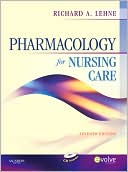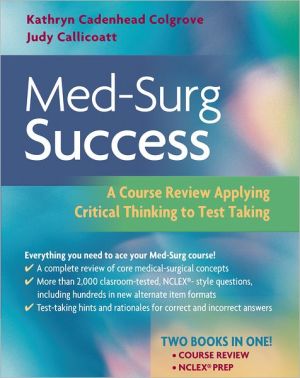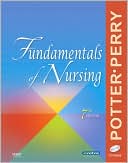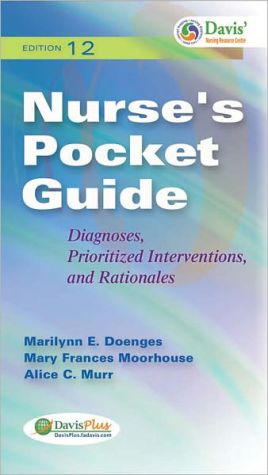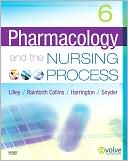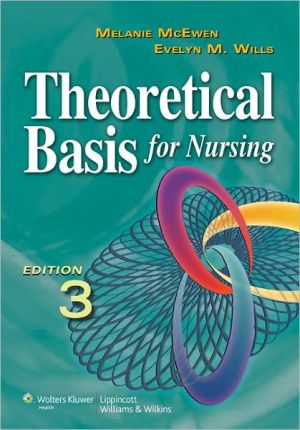Teaching the Practitioners of Care: New Pedagogies for the Health Professions
Contributors\ Nancy L. Diekelmann Karin Dahlberg Margaretha Ekebergh Pamela M. Ironside Kathryn Hopkins Kavanagh Melinda M. Swenson Sharon L. Sims Rosemary A. McEldowney Jan D. Sinnott
Search in google:
Ongoing social and technological changes mean that healthcare systems must function within and adjust to persistent transformation, which, in turn, influences approaches to health professions education. Ten researchers from the U.S., Sweden, and New Zealand contribute five essays exploring new pedagogies for the health care professions. The text is written for students and teachers interested in understanding the modern challenges in health professions education, and in how research in the interpretive pedagogies can offer new partnerships across healthcare disciplines in both theoretical and practical ways. Annotation ©2003 Book News, Inc., Portland, OR Doody Review Services Reviewer:Lea R. Hall, RN, MSN, FNP-C(Indiana State University)Description:This book is an inspiring collection of various perspectives on the changing field of nursing education. It presents and challenges new ideas and ways of thinking regarding the advancements of healthcare and how that relates to nursing education.Purpose:According to the author, the purpose of the book is to help both students and faculty members understand the challenges of nursing education today and the historical context of nursing, as well as to introduce various pedagogies that are being used to better facilitate learning in such a changing discipline. The purpose and objectives of the book are worthy. As a fairly new faculty member, I found the book to be both inspiring and encouraging. I think it helped me to develop new thoughts about teaching and learning. Again, the book did meet the objectives discussed in the introduction. It provided not only a new perspective, but also a guide for future endeavors. Audience:According to the author, the book was written for students and teachers. I, however, feel that it was more directed at teachers. Perhaps it would give students some ideas, but ultimately the faculty must develop their own teaching pedagogy or style. This book shows the need for that and suggests various successful new pedagogies. In reviewing the list of contributors, they all have a great deal of experience and knowledge regarding clinical and nursing education and can provide a unique perspective.Features:Again, the book discusses the need for change in how we teach in nursing. Due to the ever-changing world of healthcare, we too must adapt and learn new ways of teaching. The book presents several different pedagogies that are successfully being used in order to change the way we teach in nursing today. Each subject area is extremely well covered with a great deal of background information prior to presenting the pedagogies. All chapters included a reference list with some including additional reading suggestions. Additionally, the book offered many examples of how the pedagogy was used with actual student reaction. Assessment:This book will make a wonderful addition to my personal and professional library and I think it can benefit many faculty members. I found it to be both encouraging and inspiring to develop new ways of teaching and learning. Because we often teach how we were taught, I think that this book will help those who read it to depart from the old way and potentially develop new, innovative ways of helping students and faculty learn. This book is well written and encompasses the meaning of change.
Introduction31Converging Conversations from Phenomenological Pedagogies: Toward a Science of Health Professions Education222Mirrors: A Cultural and Historical Interpretation of Nursing's Pedagogies593Listening to Learn: Narrative Strategies and Interpretive Practices in Clinical Education1544Critical Resistance Pathways: Overcoming Oppression in Nursing Education1945Teaching as Nourishment for Complex Thought: Approaches for Classroom and Practice Built on Postformal Theory and the Creation of Community232Contributors273Index279
\ From The CriticsReviewer: Lea R. Hall, RN, MSN, FNP-C(Indiana State University)\ Description: This book is an inspiring collection of various perspectives on the changing field of nursing education. It presents and challenges new ideas and ways of thinking regarding the advancements of healthcare and how that relates to nursing education.\ Purpose: "According to the author, the purpose of the book is to help both students and faculty members understand the challenges of nursing education today and the historical context of nursing, as well as to introduce various pedagogies that are being used to better facilitate learning in such a changing discipline. The purpose and objectives of the book are worthy. As a fairly new faculty member, I found the book to be both inspiring and encouraging. I think it helped me to develop new thoughts about teaching and learning. Again, the book did meet the objectives discussed in the introduction. It provided not only a new perspective, but also a guide for future endeavors. "\ Audience: According to the author, the book was written for students and teachers. I, however, feel that it was more directed at teachers. Perhaps it would give students some ideas, but ultimately the faculty must develop their own teaching pedagogy or style. This book shows the need for that and suggests various successful new pedagogies. In reviewing the list of contributors, they all have a great deal of experience and knowledge regarding clinical and nursing education and can provide a unique perspective.\ Features: "Again, the book discusses the need for change in how we teach in nursing. Due to the ever-changing world of healthcare, we too must adapt and learn new ways of teaching. The book presents several different pedagogies that are successfully being used in order to change the way we teach in nursing today. Each subject area is extremely well covered with a great deal of background information prior to presenting the pedagogies. All chapters included a reference list with some including additional reading suggestions. Additionally, the book offered many examples of how the pedagogy was used with actual student reaction. "\ Assessment: This book will make a wonderful addition to my personal and professional library and I think it can benefit many faculty members. I found it to be both encouraging and inspiring to develop new ways of teaching and learning. Because we often teach how we were taught, I think that this book will help those who read it to depart from the old way and potentially develop new, innovative ways of helping students and faculty learn. This book is well written and encompasses the meaning of change.\ \ \ 3 Stars from Doody\ \

